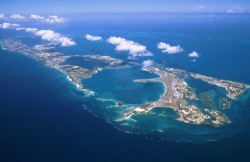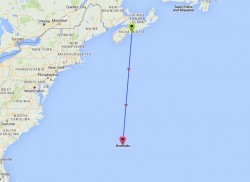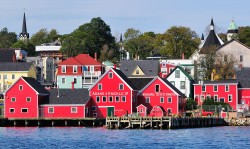Event Dates
July TBC 2016
After a relaxing break following the 1st leg from Lunenburg to Bermuda the VO60 – “Spirit of Adventure” heads back north for a restful summer and preparation for the RORC Transatlantic Race in November.
Bermuda
Bermuda is the oldest of the British Overseas Territories, and is situated in the North Atlantic Ocean. The islands became a British colony following the 1707 unification of the parliaments of Scotland and England. Its capital city is Hamilton.
The first known European explorer to reach Bermuda was Spanish sea captain Juan de Bermúdez in 1503, after whom the islands are named. He claimed the apparently uninhabited islands for the Spanish Empire. Its first capital, St. George’s, was established in 1612 and is the oldest continuously inhabited English town in the New World.
Bermuda’s economy is based on offshore insurance and tourism, the two largest economic sectors. Bermuda had one of the world’s highest GDP per capita for most of the 20th century, but more recently its economic status has been affected by global recession. It has a subtropical climate. Bermuda is the northernmost point of the Bermuda Triangle, a region of sea in which, according to legend, a number of aircraft and surface vessels have disappeared under supposedly unexplained or mysterious circumstances. The island is in the hurricane belt, but it is somewhat protected from the full force of a hurricane by the coral reef that surrounds the island.
The Route
Lunenburg
Lunenburg was begun as an agricultural settlement, taking advantage of one of the few pockets of good soil along Nova Scotia’s South Shore. However in the 19th century the town evolved as a major centre for the offshore banks fishery, building and manning fishing schooners to exploit the Grand Banks of Newfoundland and the fishing banks off Nova Scotia. The town helped sponsor the construction of the Nova Scotia Central Railway in 1889, which became the Halifax and Southwestern Railway and helped further develop fishing exports and allied industries such as the Lunenburg Foundry.
While wooden shipbuilding lapsed in other parts of Nova Scotia with the arrival of steamships, Lunenburg yards specialized in fishing schooners which remained competitive until the 1920s. The most famous was Bluenose built in 1921, a schooner which brought in record catches and won the International Fishermen’s Trophy.
Relying heavily on Newfoundland migrant labour, Lunenburg made the transition from fishing schooners to trawlers and continued as a major fishing centre after WW II. Success in building wooden trawlers preserved many skills and technology from the sailing era which led the town to become a leader in building large sailing ship replicas, beginning with the film ship Bounty in 1960 and continuing with Bluenose II in 1963 and HMS Rose in 1970.









